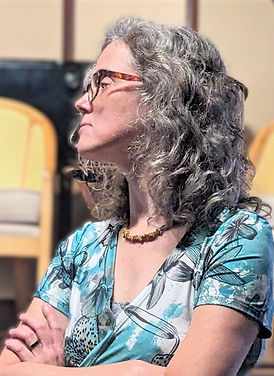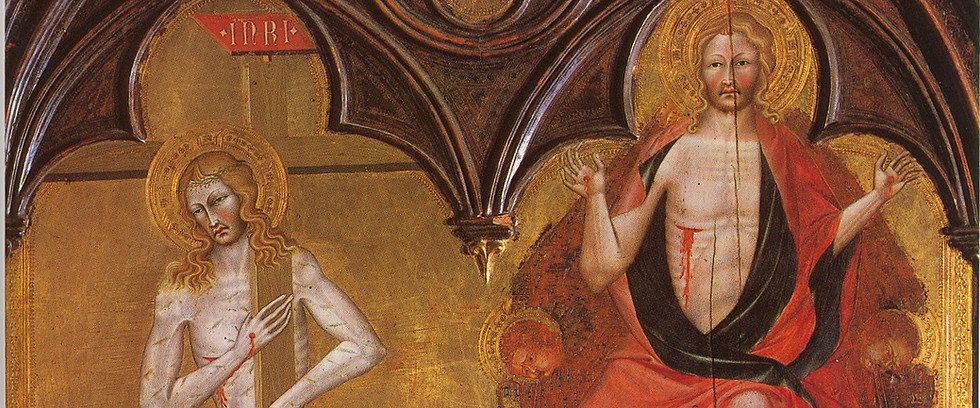
Tamara Quírico
She graduated in Painting from the School of Fine Arts of the Federal University of Rio de Janeiro (2000). She is also a Master in Art History from the State University of Campinas (2003), and a PhD in Social History from the Federal University of Rio de Janeiro (2009). She also developed postdoctoral research at the Accademia di Belle Arti di Carrara, in Italy (2020). She teaches at the Department of Theory and History of Art at the State University of Rio de Janeiro, having been coordinator of the Graduate Program of Art History between 2016 and 2019. Between 2019 and 2020 she was a visiting scholar at the Scuola Normale Superiore di Pisa, in Italy, developing inter-institutional projects. Currently, she receives the “pro-science” productivity scholarship from the Rio de Janeiro State University.
She is especially dedicated to research on Italian painting between the 13th and 15th centuries. She has authored several studies related to the uses and functions of Christian images, devotional practices and the relationship between Christian images in Europe and Spanish America. Among her publications, the book “Inferno and Paradiso: Representations of the Last Judgment in fourteenth-century Tuscan painting” (Editora da Unicamp, 2014) stands out. She is a member of the Brazilian Art History Committee (CBHA), having held its vice-presidency between 2017 and 2019.
Research project

Title
Christian images. History, art and religious practices
Area of Inquiry and Research
Art and Reception
Description
This project intends to study images with Christian themes made in many different space-time contexts. The intention is to analyze these works not only from an artistic point of view, but also to try to understand them in religious and historical terms. These images, in fact, have functions that are essential to any work with a Christian theme: they convey ideas and concepts related to religious culture, thus playing a key role in the indoctrination of the faithful. They also inspire diverse devotional practices, reinforcing an entire exegesis that was to be developed in parallel to the religious context. Finally, it should be considered that many of these images could play, in addition to religious functions, other roles - cultural and political - , insofar as, for the most part, they were inserted in contexts that went far beyond the solely religious. It is necessary to take into account, in this sense, that they were often commissioned by people who sought, in some way, to associate their name to that of the works. Moreover, as religion was deeply linked to different instances of social life, one can see the importance that the study of religious images can have for understanding different historical contexts. This project includes five different lines of research, namely: 1. Christian iconography; 2. History of the artists; 3. History of images: art and theology; 4. History of images: functions and uses; 5. History of images: patronage, market and circulation.